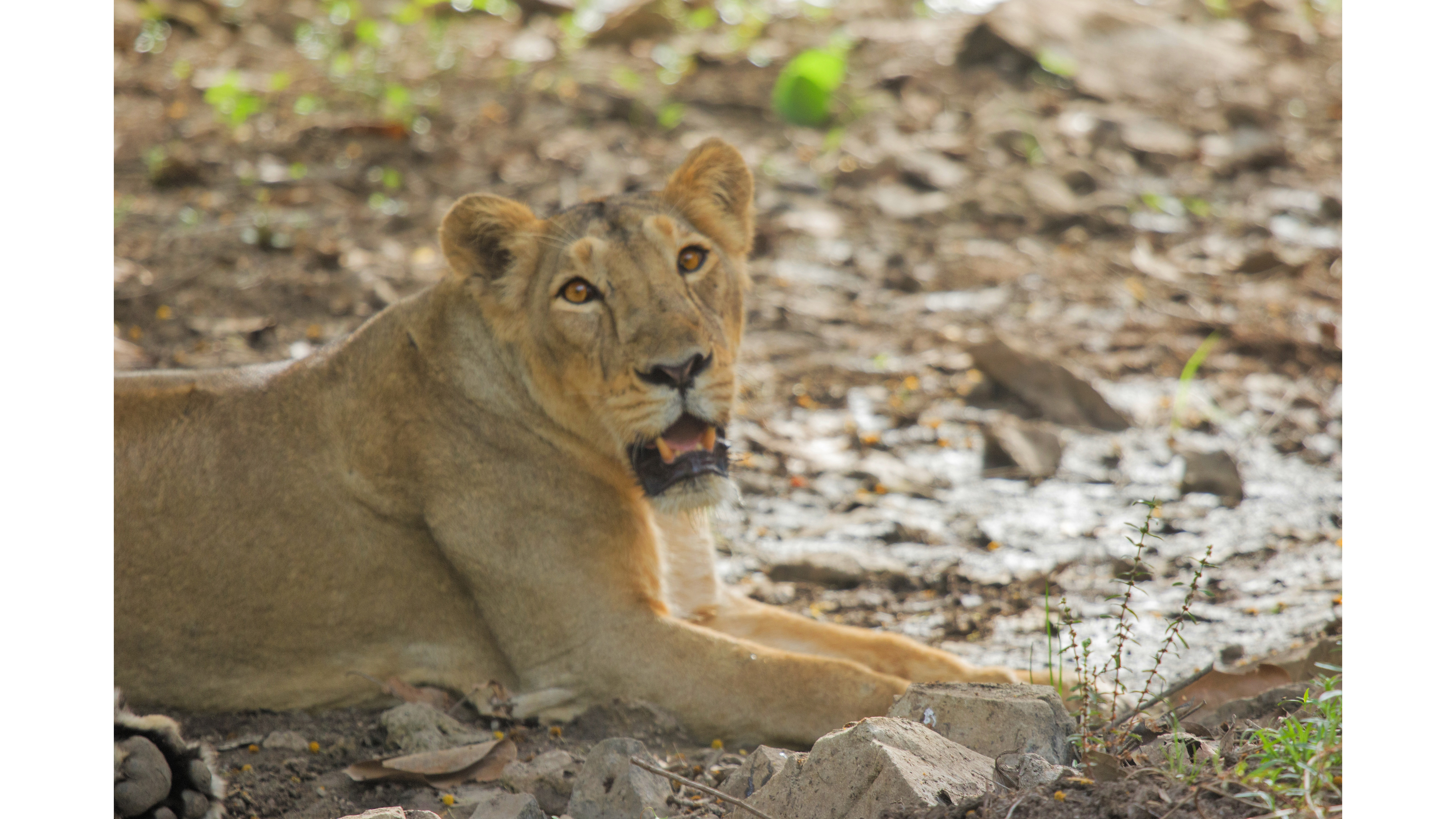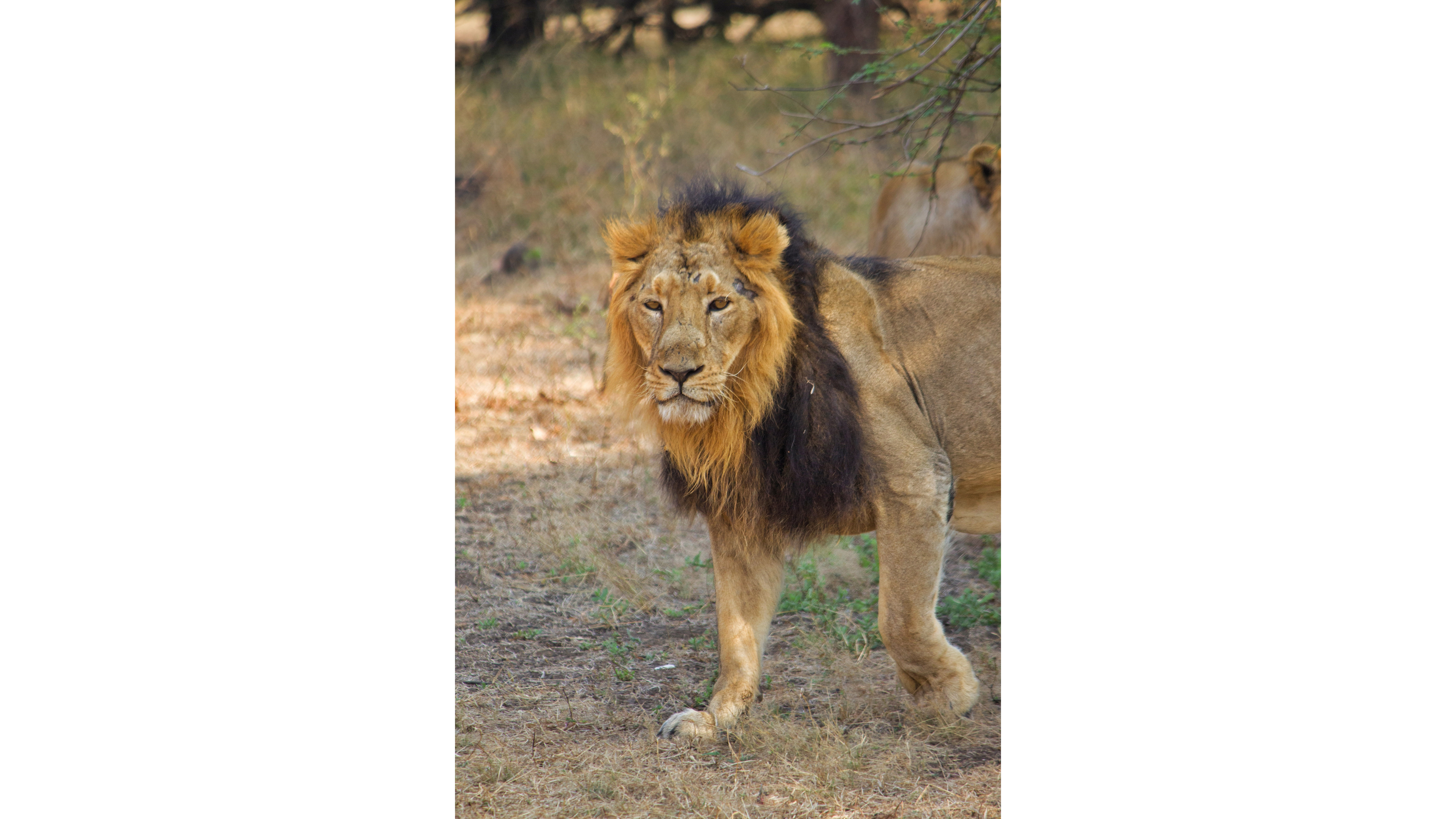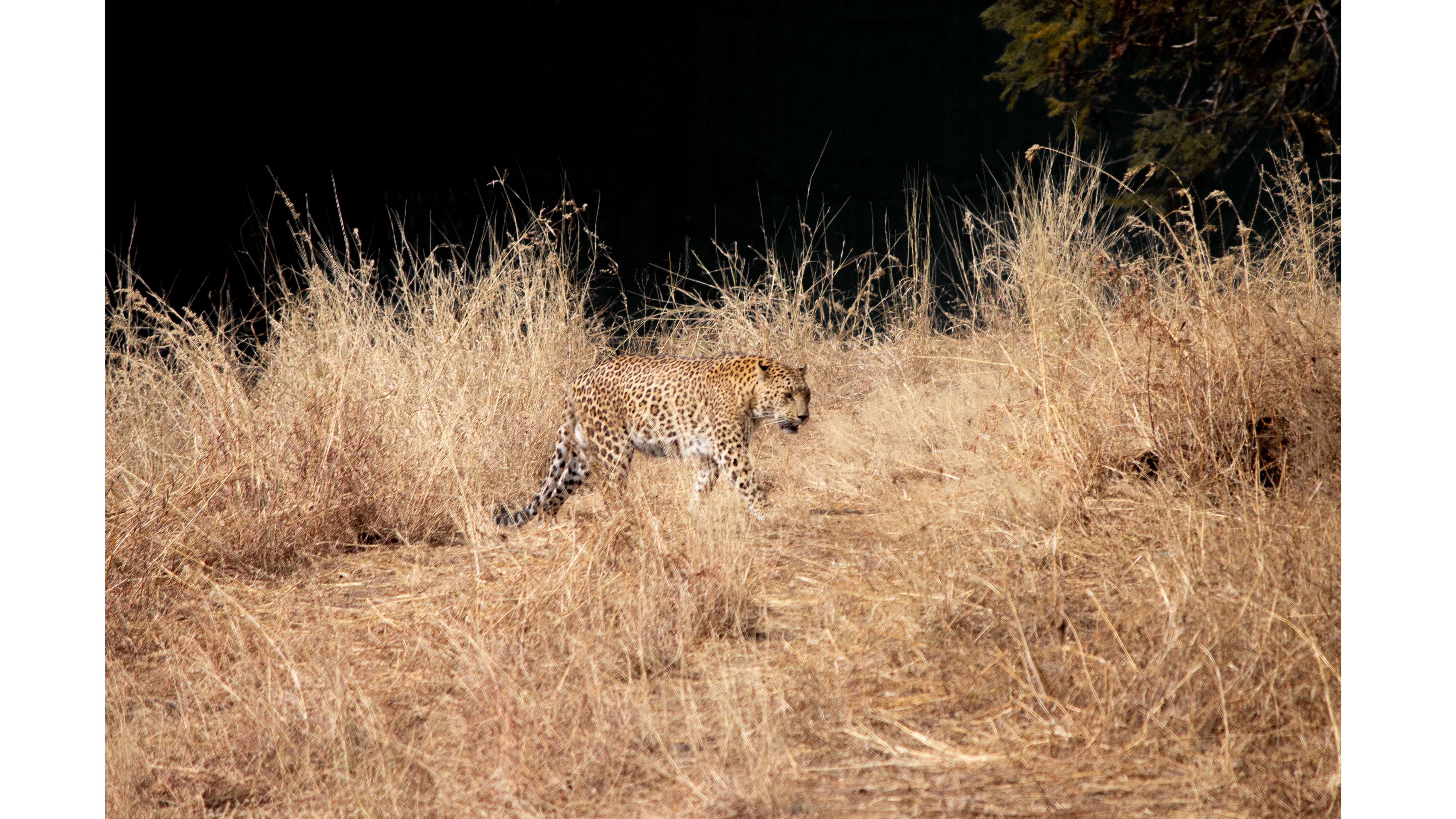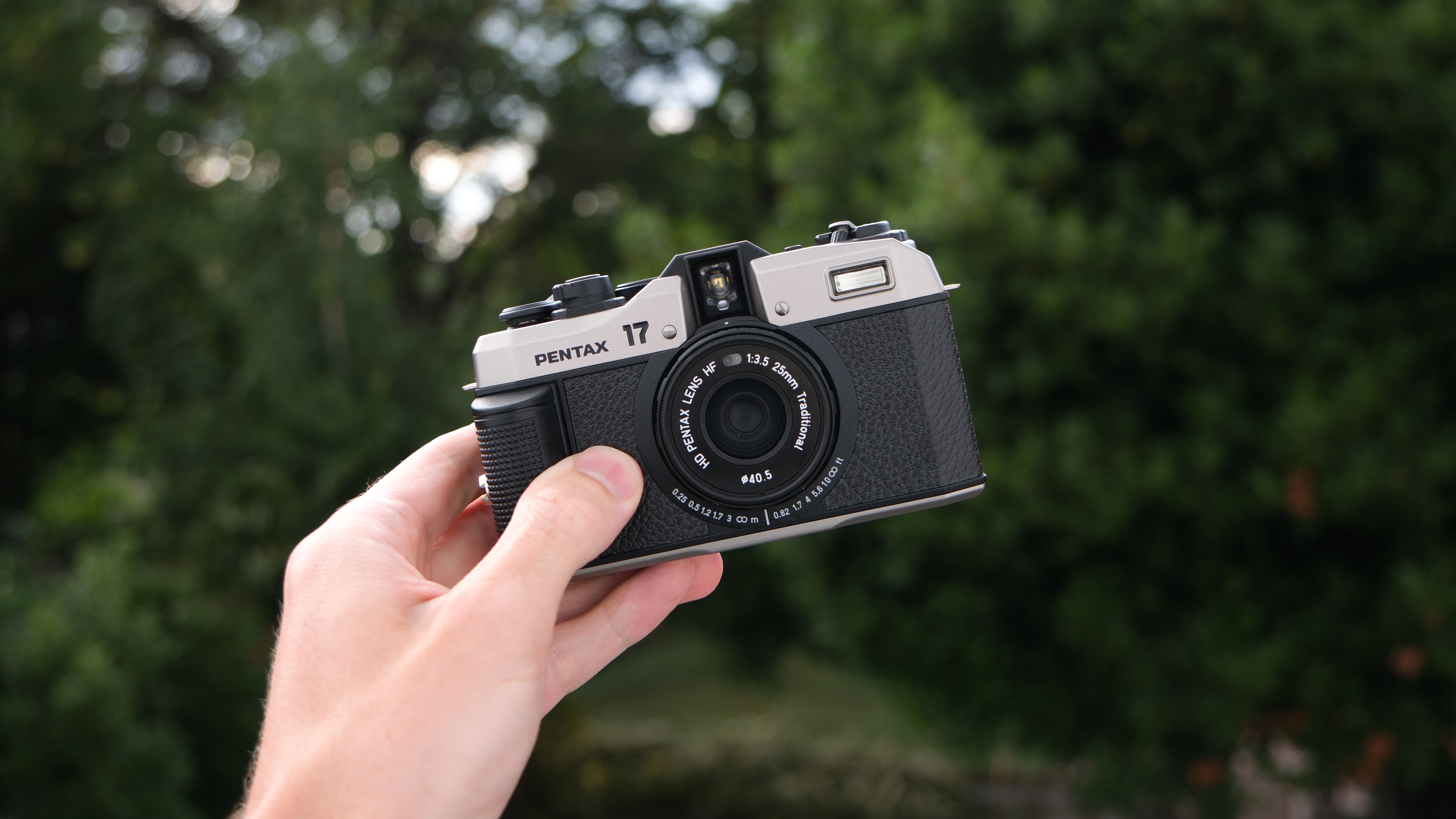"Gir is the only place in the world where you can photograph Asiatic lions in their natural habitat – but you’re not guaranteed to see anything.""
Wildlife fan Pritesh was delighted when he captured some rare big cats at the Gir National Park and Sanctuary in India, but insists that photographers need to have realistic expectations

"My name is Pritesh Kateliya, and I live in Gujarat, India. I am a beginner Canon photographer, and a Gir Forest and Asian Lion Lover.
"All of these photos were taken at the Gir National Park and Sanctuary, Gujarat, India. Gir Forest is home to more than 300 birds and is the only place in the world where you can see Asiatic lions in their natural habitat. I love to visit Gir Forest regularly, but I don’t take photographs every time.
"I took all these photos on a Gir jungle safari at different times of year and in different seasons. Some wildlife such as birds can only be seen at certain times of the year, so planning my excursions was very important.
"In the beginning, I was not interested in photography, but I had a love for Gir Forest and Asiatic lions. That’s why I joined the Forest Department and NGO and became involved in its programme to rescue wild animals and birds. After that, I gradually picked up a Canon EOS camera as a hobby to take pictures.
"I want to show the reality of the jungle and the behaviour of the creatures within, so people are able to glean information from my work and to also be useful for conservation purposes in the future. Wildlife photography is very challenging – you’re not guaranteed to see anything. Wildlife, wild animals, and birds all depend on luck – sometimes you see it, other times you don’t. Wildlife photography requires dedication, patience and a true passion.


Editors' Thoughts
Pritesh has bagged some wonderful big cat shots from his time at the Gir National Park. His compositions and eye contact with the animals works well, although some of his pictures are a little soft and out of focus.
His camera settings are pretty solid, but it wouldn’t hurt to push the ISO up a little more for faster shutter speeds to eliminate subject blur and camera shake. A black and white conversion is also a good way to ramp up the contrast and make soft shots look a little sharper.
Get the Digital Camera World Newsletter
The best camera deals, reviews, product advice, and unmissable photography news, direct to your inbox!
It would also be worth using a single active AF point on his Canon EOS 7D Mark II and placing this over the animal’s closest eye to the camera. Newer Canons like the EOS R7 and R5 have brilliant Animal Eye Detection AF which make this even easier.
These are still some lovely portraits of rare big cats and we hope he finds our advice useful on his next outing in the stunning Gir Forest.
Pritesh is a passionate amateur photographer from Gujarat, India.
He describes his muse as being his local back woods, chiefly: "the animals, birds and various sounds generated by them. When I look at them, without reason I smile and feel calmness."
His usual kit includes: a Canon EOS 700D, an EOS 7D Mark II, an EF-S 55-250mm f/4-5.6 IS II, and an EF 100-400mm f/4.5-5.6L IS USM
- Dan MoldDeputy Editor
You must confirm your public display name before commenting
Please logout and then login again, you will then be prompted to enter your display name.
